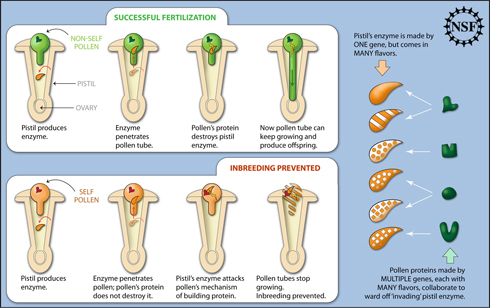Suggested Explanation for Glowing Seas–Including Currently Glowing California Seas
*Potential mechanism for dazzling blue flashes of light in oceans identified*
It has long been known that spectacular blue flashes–a type of bioluminescence–that are visible at night in some marine environments (currently including coastal California waters) are caused by tiny, unicellular plankton known as dinoflagellates. However, a new study has, for the first time, detailed the potential mechanism for this bioluminescence.
The study, which was partially funded by the National Science Foundation, is reported by Susan Smith of Emory School of Medicine, Thomas DeCoursey of Rush University Medical Center and colleagues in the Oct. 17, 2011 issue of the Proceedings of the National Academy of Sciences (PNAS). (more…)


